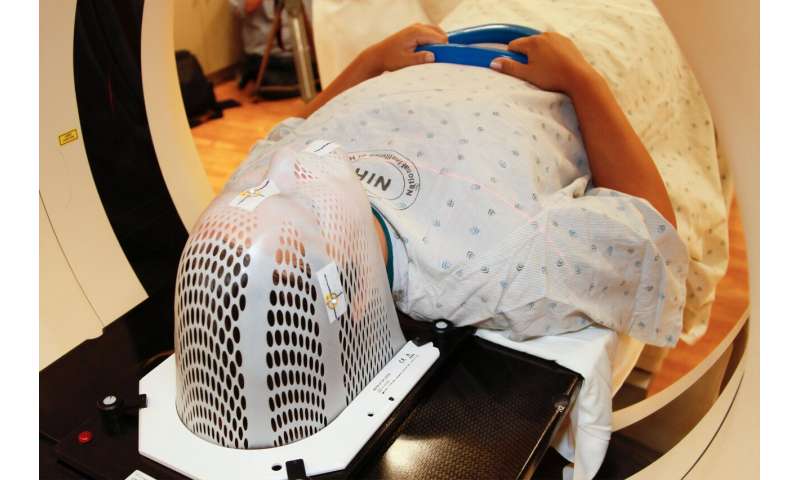5-year long-term outcomes by radiation technique for locally advanced non-small cell lung cancer

Secondary analysis results from the phase III NRG Oncology-RTOG 0617 clinical trial comparing standard- versus high-dose chemoradiotherapy with or without cetuximab for unresectable stage III non-small-cell lung cancer (NSCLC) indicate that intensity-modulated radiation therapy (IMRT) should be used to treat locally advanced disease to reduce risk of severe pulmonary toxicity and radiation exposure to the heart.
These findings were presented at the 2023 IASLC World Conference on Lung Cancer (WCLC) in Singapore and were additionally selected for inclusion in the conference's Press Program.
The analysis compared 5-year outcomes of patients treated with IMRT and three-dimensional conformal radiation therapy (3D-CRT) based on initial trial stratification.
Outcomes analyzed included overall survival (OS), progression-free survival (PFS), time to local failure (LF), distant metastasis free survival (DMFS), Common Terminology Criteria for Adverse Events (CTCAE) version 3 ≥ grade 3 toxicities, and development of second malignancies. The findings support the general premise that IMRT may be superior to 3D-CRT for reduction of toxicities across various malignancies in certain circumstances.
Of 482 patients treated for locally advanced NSCLC, 228 (47%) were treated with IMRT and 255 (53%) with 3D-CRT. In terms of baseline characteristics, the median heart V40Gy was 16.52% for IMRT versus 20.54% for 3D-CRT (p < 0.01), and lung V5Gy was 61.63% versus 54.79% (p < 0.01). At 5-years (median follow-up 5.2 years) the IMRT and 3D-CRT groups had similar OS, PFS, time to LF, and DMFS.
On unadjusted analysis, the heart V20-60Gy was continuously associated with survival (HR > 1, p < 0.01), and a heart V40Gy < 20% was associated with significantly better survival than heart V40Gy ≥ 20% (median survival 2.5 versus 1.7 years, p < 0.01).
Multivariable analysis showed a heart V40Gy ≥ 20% was significantly associated with worse survival (HR = 1.34, 95% CI: 1.06-1.70, p = 0.01), whereas the lung V5Gy did not have a significant impact on survival (HR=1.01, 95% CI: 1.00-1.01, p = 0.13). IMRT was associated with a significant 2-fold reduction in CTCAE grade ≥ 3 pneumonitis compared to 3D-CRT (3.5% versus 8.2%, p = 0.03).
The lung V5Gy was not associated with grade ≥ 3 pneumonitis, esophagitis, weight loss, cardiovascular toxicity, neurologic toxicity or hematologic toxicity. The IMRT and 3D-CRT groups had similar rates of second malignancy development with long-term follow-up (6.6% versus 5.5%).
"To minimize risk of severe pulmonary toxicity and radiation exposure to the heart, IMRT should be considered the radiation technique of choice for patients with locally advanced NSCLC," stated Stephen G. Chun, MD, of the University of Texas MD Anderson Cancer Center and lead investigator of the analysis. The analysis further concluded that radiation planning should aim to minimize the lung V20Gy and heart V20-60Gy, with a heart V40Gy ideally < 20%, and that there was no evidence that the low dose bath (lung V5Gy) impacted long-term survival or late severe toxicity.
More information:
Stephen G. Chun et al, Long-term outcomes by radiation technique for locally-advanced non-small lung cancer: A 5-year secondary analysis of NRG Oncology-RTOG 0617. IASLC 2023 World Conference on Lung Cancer; Abstract OA17.04
Provided by NRG Oncology